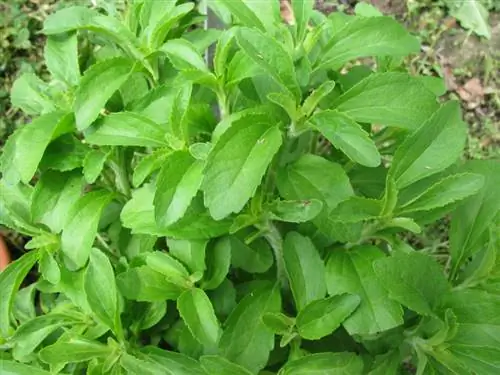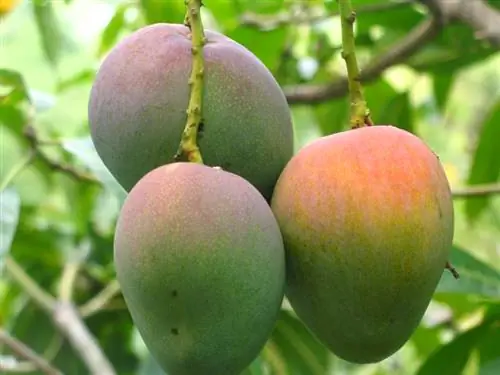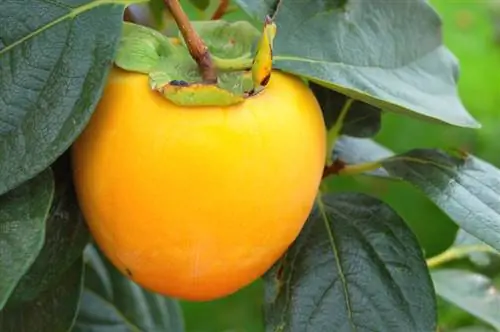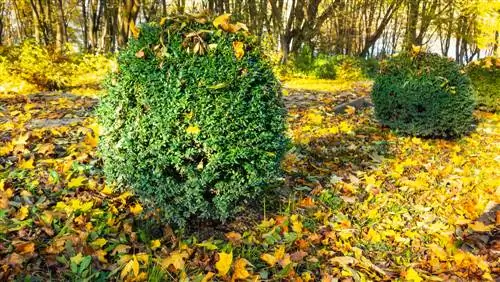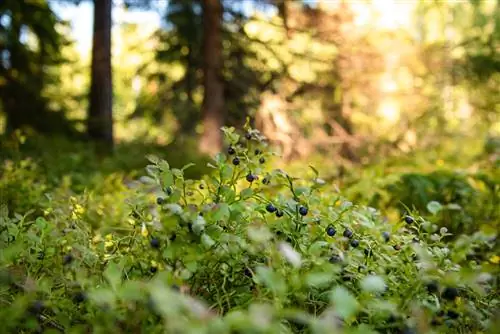- Author admin [email protected].
- Public 2023-12-16 16:46.
- Last modified 2025-06-01 06:02.
The stevia plant is originally native to South America and is biologically correctly referred to as Stevia rebaudiana Bertoni. Only these plants produce the sweet-tasting stevioside, a low-calorie sweetener, in their leaves.
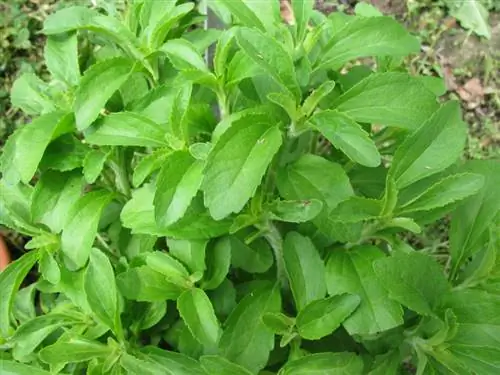
Where does the stevia plant come from?
The stevia plant (Stevia rebaudiana Bertoni) originally comes from South America, particularly the plateaus of Paraguay, Argentina and Brazil. It grows in semi-humid climates, where it thrives as bushy shoots up to one meter high.
Stevia - the heat-loving South American
Stevia's wild-growing deposits are found on the plateaus of Paraguay, Argentina and Brazil. A semi-humid climate prevails here, which is characterized by high amounts of precipitation. The mild temperatures rarely fall below twenty degrees Celsius. The soils in this region are slightly acidic, clayey, sandy and therefore well-drained. They are considered almost infertile because of their low nutrient content. The stevia has adapted optimally to these conditions and in its natural form develops bushy shoots up to one meter high.
Frugal perennial
Since the branches of the stevia grow almost unbranched, the plant needs a lot of light but hardly any nutrients to form the foliage. Depending on the climate, the honey leaf thrives in its natural habitat as an evergreen plant or sheds its leaves in cooler temperatures. The stevia then draws its life force back into the large rootstock and sprouts fresh and green at higher temperatures. The main flowering period of the honey leaf falls in late autumn. Fertilization is carried out by the wind that almost always prevails on the plateaus and carries the pollen from one flower to the next.
Rediscovery by the Europeans
The Swiss naturalist Moisés Giacomo “Santiago” Bertoni was the first European to come across the honey leaf in the border area with Brazil. At first he suspected that the sweetleaf was a previously unknown species of Eupatorium due to its similarity to the water dost, which is native to Europe. It was not until the beginning of the 20th century that Stevia was correctly classified and given its Latin plant name in honor of Bertoni.
The locals have valued stevia since time immemorial
Stevia is highly valued by the indigenous people of South America. Even today, people living in South America use the plant as a highly effective natural medicine and to sweeten mate tea. During the Second World War, when sugar was in short supply, the sweet herb was first tried out as a sugar substitute in England. Since November 11, 2011, Stevia has also been permitted in the EU as a food additive and is used in low-sugar foods.
Tips & Tricks
To sweeten food and drinks, you can use either fresh stevia leaves, a stevia extract or stevia powder. You can make all of these sweeteners yourself from the leaves of the plant.

